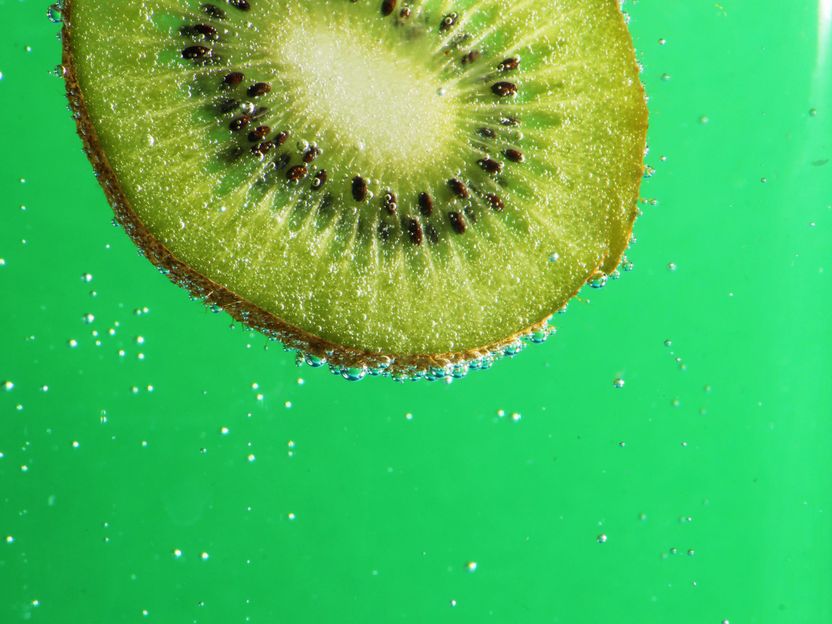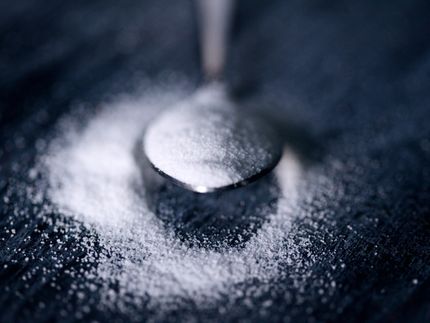Plant-inspired alkaloids protect rice, kiwi and citrus from harmful bacteria
Advertisement
lants get bacterial infections, just as humans do. When food crops and trees are infected, their yield and quality can suffer. Although some compounds have been developed to protect plants, few of them work on a wide variety of crops, and bacteria are developing resistance. Now, researchers reporting in ACS' Journal of Agricultural and food chemistry have modified natural plant alkaloids into new compounds that kill bacteria responsible for diseases in rice, kiwi and citrus.

Photo by Sam Cernik on Unsplash
Currently, no effective prevention or treatment exists for some plant bacterial diseases, including rice leaf blight, kiwifruit canker and citrus canker, which result in substantial agricultural losses every year. Scientists are trying to find new compounds that attack bacteria in different ways, reducing the chances that the microbes will develop resistance. Plant compounds called tetrahydro-β-carboline (THC) alkaloids are known to have antitumor, anti-inflammatory, antifungal, antioxidant and antiviral activities. So, Pei-Yi Wang, Song Yang and colleagues wondered whether derivatives of THC alkaloids could help fight plant bacterial diseases.
The researchers used a THC alkaloid called eleagnine, which is produced by Russian olive trees and some other plants, as a scaffold. To this framework, they added different chemical groups to make a series of new compounds, two of which efficiently killed three strains of plant pathogenic bacteria in liquid cultures. The team then tested the two compounds on rice, kiwi and citrus plant twigs and leaves and found that the new alkaloids could both prevent and treat bacterial infections. The researchers determined that the compounds worked by increasing levels of reactive oxygen species in the bacteria, which caused the bacterial cells to die.




























































